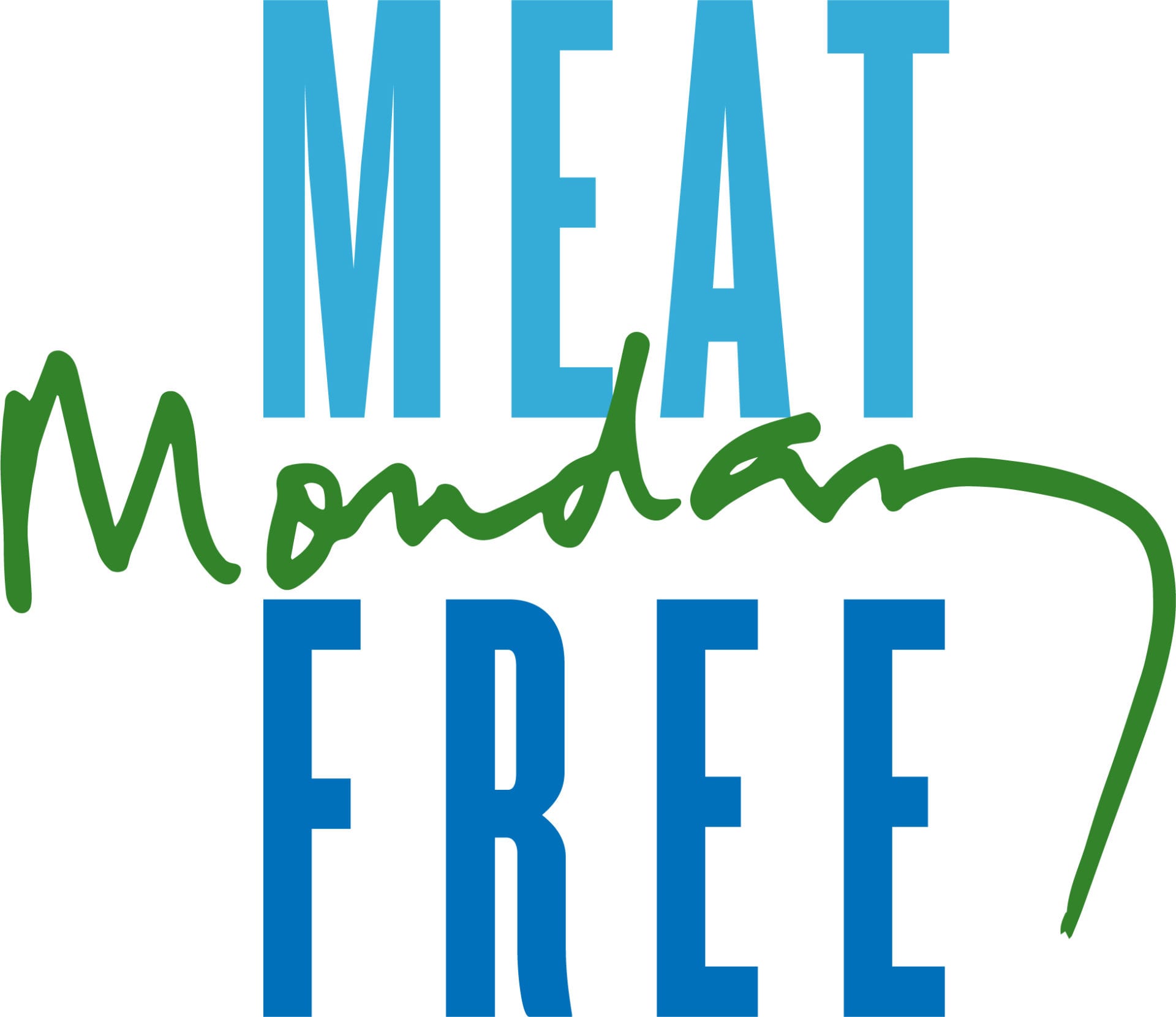“The main long-lived greenhouse gases including carbon dioxide, methane and nitrous oxide have reached their highest recorded levels since the beginning of the industrial age, and this despite the recent economic slowdown,” said Jeremiah Lengoasa, deputy secretary-general of the World Meteorological Organization (WMO).
The WMO’s latest Greenhouse Gas Bulletin reveals that concentrations of the harmful emissions continued to build last year, contributing to climate change and creating a “feedback loop”.
Methane emissions are on the increase for reasons both natural and manmade. As polar icecaps melt, they allow the gas to escape from underground deposits formed before the last Ice Age, and rainfall increases on warmer wetland. Human activities account for 60 per cent of methane emissions, however, with the industrial production of livestock for meat a major contributor.
The findings will be discussed at the COP16 climate change meeting in Cancun – the follow-up to last year’s disappointing Copenhagen talks – which begins today and runs until 10 December.
Concentrations of carbon dioxide have increased by 38 per cent since 1750, primarily as a result of human actions, the WMO said – burning fossil fuels, deforestation and changes in land use. CO2 makes up 63.5 per cent of all “radiative forcing” (the balance between radiation that comes in and goes out of the earth’s atmosphere), making it the most harmful greenhouse gas.
